table of contents:
The perfect tutorial for beginners! This article explains the basics of using a sewing machine. You'll learn step-by-step how to use a sewing machine : install bobbins, adjust thread tension, and sew straight seams with clear explanations and practical tips.
Learn how to prevent thread breakage or solve common problems so you can confidently sew your first projects, like mending a hem or creating a simple bag. We'll cover everything from setting up your machine to choosing thread and needles to making your first seam .
How to use a sewing machine?
Learning to sew starts with a simple question: how do you use a sewing machine? Whether you're a beginner or looking to perfect your basics, understanding how its components work and properly preparing your equipment before your first seam is essential. We'll guide you step by step to transform this tool into a true creative ally.
Discovery of essential components
Understanding the basics of your sewing machine is the first reassuring step. Locate the power switch, spool pin, thread guide, and presser foot. These key components make the threading and sewing process easier . For beginners, knowing how to use a sewing machine properly is essential to quickly master the basics and avoid common mistakes.
Don't be put off by the stitch selection buttons. At first, focus on straight stitch and zigzag. These two options are enough to complete many simple projects .
The thread take-up lever and bobbin deserve special attention. Learning how to handle them correctly will prevent initial frustration. A good visual identification of the parts will help guide you more easily through the technical steps.
Preparation before the first seam
Before threading your machine , set it up on a stable surface. The needle should be on your left for optimal use. Do not plug in the machine yet to avoid accidents. These first steps explain how to use a sewing machine correctly, from positioning the needle to winding the bobbin, to ensure precise and snag-free seams.
Insert the needle, ensuring it is positioned correctly: the flat side toward the back, the throat toward the thread. Tighten the screw securely for a secure fit. This simple but crucial step ensures precise stitching and is an essential foundation for anyone who wants to start sewing without making mistakes.
To wind the bobbin, follow the guides on the machine. When it is full, place it in its case, making sure to thread the thread through the notch. Pull it gently to the left for proper operation .

Sewing safely: the basics to master
Start with a test fabric such as a piece of cotton. Place it under the presser foot and lower it using the lever, then hold the ends of the threads to avoid tangling .
Gently press the foot pedal to control the speed. Never force the fabric: the machine advances the fabric using the feed dogs. This automatic mechanism makes work easier .
At the end of the seam, use a backstitch to reinforce the ends. This prevents the thread from unraveling . Trim the remaining threads, leaving a little extra for future seams.
Choosing your first sewing project
Beginners should opt for low-pressure projects. A square cushion or a lightweight fabric tote bag are perfect for getting to grips with the machine. These simple projects quickly build confidence and provide a better understanding of how to use a sewing machine by directly applying the basic skills.
If you are wondering which sewing machine to choose for beginners , choose a simple model with the essential stitches to accompany these first exercises.
Avoid thick fabrics like denim at first. Thin, stable fabrics like cotton offer better glide and reduce technical difficulties . Gradually, you can explore other materials.
A straight hem on a curtain or garment is a great first step. It familiarizes you with guiding the fabric and controlling the foot pedal. Every successful seam is a victory to celebrate .
How to choose the right sewing machine?
An affordable machine for beginners combines simplicity and durability. Prioritize models with a straight stitch, zigzag, and automatic buttonhole. These basic functions are more than enough for beginners and allow you to quickly learn how to use a sewing machine without getting bogged down in complex settings.
To progress further, it is essential to understand each sewing machine setting , as this ensures better control over tension, stitch length and finish quality.
Brands like Juki and Janome offer lightweight and robust machines. For a budget between 200 and 300 euros, you will find models with warranties (2-5 years) and a solid frame .
Choose a model with an automatic needle threader. This feature saves time and reduces frustration. Also, check for a free arm to make hemming and circular projects easier.
The Benefits of Sewing for Beginners
Sewing stimulates creativity by allowing you to personalize your clothes. Imagine unique pieces, adapted to your body shape, far from the standards of ready-to-wear. It's a rare and rewarding freedom .
This hobby also brings a sense of accomplishment . Seeing a project take shape with your own hands gives you an incomparable sense of pride, and this sense of well-being gradually builds with each successful seam.
Ethically, sewing reduces dependence on fast fashion. By choosing your fabrics, you support more responsible consumption. It's a step towards a sustainable and meaningful wardrobe .

Verotex offers a private introductory sewing machine course. Contact us if you would like to sign up.
Machine maintenance: tips for long-lasting use
Regular cleaning extends the life of your machine . After each session, remove any stuck threads and fabric debris from around the bobbin. A soft brush is ideal for this task. These maintenance steps are essential for mastering the proper use of a sewing machine and ensuring smooth operation every time.
Change the needle every 8 to 10 hours of sewing. A worn needle can damage the fabric or break unexpectedly. Store spare needles in a safe place out of reach of children.
Protect your machine from dust with a cover. If your model allows it, have it serviced annually by a professional. This preventative maintenance avoids unexpected breakdowns .
Discover your sewing machine: the essential components to know
Before you start stitching, it's important to understand how to use a sewing machine by learning about its essential components. Each part plays a specific role in ensuring comfort and precision.
From the needle to the pedal, including essential accessories, we will help you identify the basic equipment and better understand your machine to start your creative projects with complete peace of mind.
The main parts of your machine
Have you just bought a sewing machine, but you're still unsure how to use it? Understanding the basics will give you confidence. Understanding how to use a sewing machine correctly will help you avoid needle positioning and threading errors, which cause most sewing problems.
The switch is the first control to master . The handwheel, on the right side of the machine, always turns toward you to avoid damaging the mechanisms. The spool pin and thread guide guide the upper thread. Follow the arrows marked on the machine for smooth threading.
Stitch selectors offer various settings, but start with the straight stitch. The presser foot lever holds the fabric: raise it to insert the fabric, lower it to sew. Below the needle, the needle plate hides the feed dogs, the teeth that move the fabric automatically . Finally, the bobbin case holds the lower thread. So, make sure it's securely engaged.
The essential equipment to get started
To get started, equip yourself with the following tools:
- A quality thread : A polyester thread is more resistant to knots and breakages.
- Suitable bobbins : Check the reference in your machine manual.
- Replacement needles : Size 80/12 is suitable for lightweight fabrics.
- Sewing scissors : Use these only for fabric.
- A seam ripper: Essential for correcting mistakes .
- Fabric scraps : Practice before sewing a final project.
For your first project, choose a cotton cushion or a lightweight towel . If you need motivation, know that expert sewers all started with these basics.

Preparation: start your machine in 4 key steps
Before embarking on your first creations, it's essential to know how to use a sewing machine by preparing it properly. From installing the needle and inserting the bobbin, to threading the upper thread and making final adjustments, every step counts. Here are the four key steps to getting your machine up and running and sewing with confidence from the start.
Step 1: Install the needle and prepare the bobbin
Insert the needle with the flat side of the shank facing the back of the machine. Tighten the screw securely after inserting the needle all the way. Improper installation can cause thread breakage, uneven stitching, or even damage the machine .
Also make sure that the needle is changed regularly, ideally every other project or if you notice skipped stitches. For good results, it is also essential to know which needle to use for which fabric , as the right choice prevents tears and ensures a neater seam.
To fill the bobbin, place the spool on the spool pin and guide the thread into the bobbin winder tensioner. Wind the empty bobbin a few turns manually, then activate the mechanism. The machine automatically stops filling when the bobbin is full . Never force it if the thread resists, as this could break the mechanism. Also remember to check that the thread winds evenly without crossing to avoid knots.
Step 2: Threading the upper thread, a skill to master
Make sure the thread take-up lever is in the up position by turning the handwheel toward you. Follow the arrows or numbers marked on the machine for threading. Here are the steps to follow :
- Place the spool on the spool holder .
- Follow the wire guide .
- Lower into the tension slot .
- Move back up to the thread take-up lever .
- Go back down to the needle .
- Pass the thread through the eye of the needle (from front to back).
Use the automatic needle threader if your machine has one. A simple push of the mechanism is enough to insert the thread into the eye effortlessly . This tool is especially useful for beginners or people who have difficulty seeing the eye of the needle.
Step 3: Insert the bobbin and bring up the lower thread
Slide the full bobbin into its slot under the needle plate, leaving 10 cm of thread protruding to make it easier to retrieve. Hold the upper thread with one hand, then slowly turn the handwheel toward you to lower the needle. A slight click indicates that the lower thread is caught .
Gently pull the loop coming out of the eye to bring up the bobbin thread and pull the two threads apart toward the back of the machine. If the thread resists, check that the bobbin is properly inserted into its case, which is often marked with a line indicating the direction of travel.
Step 4: Connect the machine and final adjustments
Plug in the machine and its foot control and select a straight stitch for your first seams. Set the stitch length to 2.5 mm for classic fabrics like cotton or poplin, and 3-3.5 mm for thick fabrics like canvas or denim. Make sure the presser foot is raised before inserting the fabric.
Next, place a piece of test fabric under the presser foot and lower it. Test a seam before starting your project. If the thread is too loose, adjust the tension. Never force the fabric, as the feed dog should move it naturally. A quick test helps avoid unpleasant surprises on your final creation .

Your first stitches: making a simple seam step by step
When learning how to use a sewing machine, there's no better way to start than with a simple seam. Making your first stitches allows you to test tension, learn to sew straight , and master backstitching to secure your seams. With a little practice on a piece of scrap fabric, you'll lay the solid foundation you need to confidently move forward with more creative and precise projects.
Test on a piece of fabric
Before you begin, always test your settings on a scrap of fabric identical to your project.
Cut two 10x10 cm pieces, overlap them and place them under the presser foot.
Lower the presser foot lever to hold the fabric in place and check that the upper and lower threads are free to the rear.
This test avoids unpleasant surprises in your final project. 80% of beginner errors come from poorly adjusted settings.
Sewing straight: the basic technique
Start with a plain fabric like cotton. Slide both layers under the presser foot and align the edge with the 1.6 cm mark on the needle plate.
Hold the thread ends and gently press the foot control. Let the machine feed the fabric, without pushing or pulling it. These practical exercises help you understand how to use a sewing machine effectively and build confidence in guiding the fabric.
Watch the needle and follow the mark with the edge of the fabric. If the line deviates, stop and adjust the position .
Practice several parallel lines to get used to the speed. The first few seams may look like snakes, but that's normal !
Focus on rhythm: A steady pace produces uniform stitches. If the thread breaks, release the tension using the knob next to the bobbin winder. Ideal tension produces crisp stitches without wrinkles in the fabric. A tool like a magnetic sewing guide can help keep the line straight.
Start and stop sewing with the backstitch
To secure your seam, use the backstitch at the beginning and end of the line. Sew 2-3 stitches forward and activate the backstitch by pressing the dedicated lever or button, then sew 2-3 stitches over the top.
Turn off the backstitch and continue your row. At the end, repeat the operation on the last stitches before stopping.
This technique prevents the thread from unraveling and is one of the essential steps in understanding how to use a sewing machine correctly, even for the simplest projects. Without it, your seam will be 40% less resistant to wear. The backstitch acts as an invisible anchor that reinforces strength .
After sewing, raise the needle by turning the handwheel toward you. Raise the presser foot and carefully remove the fabric. Trim any excess threads with the built-in thread cutter or precise scissors. A pro tip is to sew an extra backstitch if you're unsure about the strength.
SOS for beginner seamstresses: solutions to the most common problems
Don't panic! Even experienced seamstresses have experienced these frustrating moments. Most problems can be resolved in a few minutes. Here's your guide to turning these challenges into concrete progress .
The Quick Troubleshooting Guide for Your Sewing Machine
Here's an overview of the five most common problems, along with their probable causes and immediate solutions. Print this table or keep it handy near your machine. It will become your go-to reference in case of a breakdown .
|
Common problem |
Probable causes |
Simple solutions to try |
|
The upper thread breaks |
Thread tension too tight. Incorrect threading. Worn or unsuitable needle. |
Rethread the machine completely (the most important step!). Lower the upper thread tension. Change the needle. |
|
The bottom thread (bobbin) makes loops |
Upper thread tension too low. Bobbin not inserted correctly. |
Increase the upper thread tension. Remove and reinsert the bobbin correctly. |
|
The machine skips stitches |
Bent, worn, or unsuitable needle for the fabric. Incorrect threading. |
Change the needle to a new, suitable one. Rethread the machine. |
|
The fabric is not moving forward |
Feed dogs lowered. Presser foot pressure too low. Stitch length at 0. |
Check that the feed dogs are raised (lever often at the back). Increase the stitch length. |
|
The needle breaks |
You are pulling on the fabric. Needle not suitable for the thickness of the fabric (e.g. jeans). |
Never pull the fabric, guide it. Use a larger, stronger needle (e.g., denim needle). |
You now have the basics to solve these common challenges . With practice, these checks will become second nature. If a problem persists, consult your sewing machine manual or online tutorials. Sewing forums are full of tips for beginners.
You can also take courses like those at Verotex to quickly learn sewing.
From thread to needle: choosing your first project and moving forward?
Knowing how to use a sewing machine only makes sense if you put your new skills into practice quickly. Choosing a simple first project allows you to build confidence and progress step by step .
From cushion covers to tote bags, some affordable creations are ideal for beginners. With the right guidance, you'll be able to progress with confidence and transform each sewing project into a new step in your learning process.
Easy first project ideas to get you started
Getting started in sewing requires simple, yet practical projects. Here are some ideas based on straight seams and accessible projects :
- A simple cushion cover : Stitch two pieces of fabric together for a quick project. Tip: Choose a durable fabric like linen or heavy cotton.
- A canvas bag (tote bag) : Perfect for 1 cm seams. Tip: add pockets or fringes to personalize.
- Makeup remover wipes or napkins : ideal for recycling leftovers. Optional: choose soft fabrics like organic cotton.
- Trouser hem : a useful project to build confidence. Tip: Press the crease with an iron before sewing.
Buy the sewing machine of your dreams! Explore the world of sewing with Verotex and find the perfect machine for your projects.
Tips for progressing with confidence
Perseverance is essential. Here are some tips for moving forward with confidence :
- Regular practice: 10 minutes a day strengthens dexterity. Consistency is more important than duration.
- Don't hesitate to unpick : The seam ripper is an ally. Even experts use this tool for repairs.
- Prioritize simple projects : Avoid complex garments at the beginning. A successful project motivates you to continue with the next ones.
- Sewing machine maintenance : Clean it after each project and grease it once a year. Follow the manual for areas to lubricate.
Every stitch sewn is a lesson. Sewing is a journey where mistakes become progress. Congratulations, you have the basics to get started !
The sewing machine no longer holds any mysteries for you! Sewing is accessible to everyone with practice and good reflexes. Don't fear adjustments or failures: every successful stitch is a victory . Practice on simple projects, and your confidence will grow .
Ready to get started ? Explore our collection of Verotex sewing machines and find the one that's right for you.

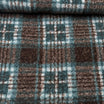
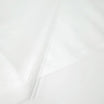

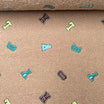
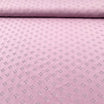
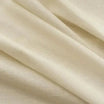
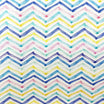




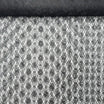
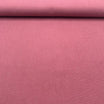
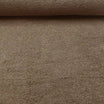

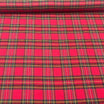
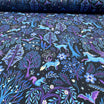
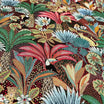
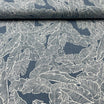

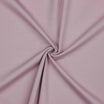
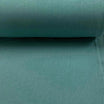

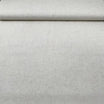
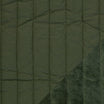
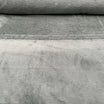
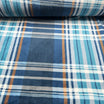
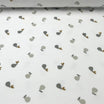
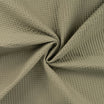

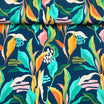
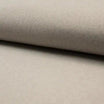


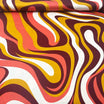

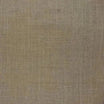
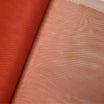
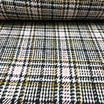
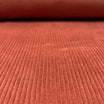
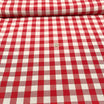
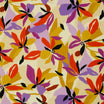
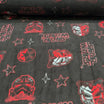
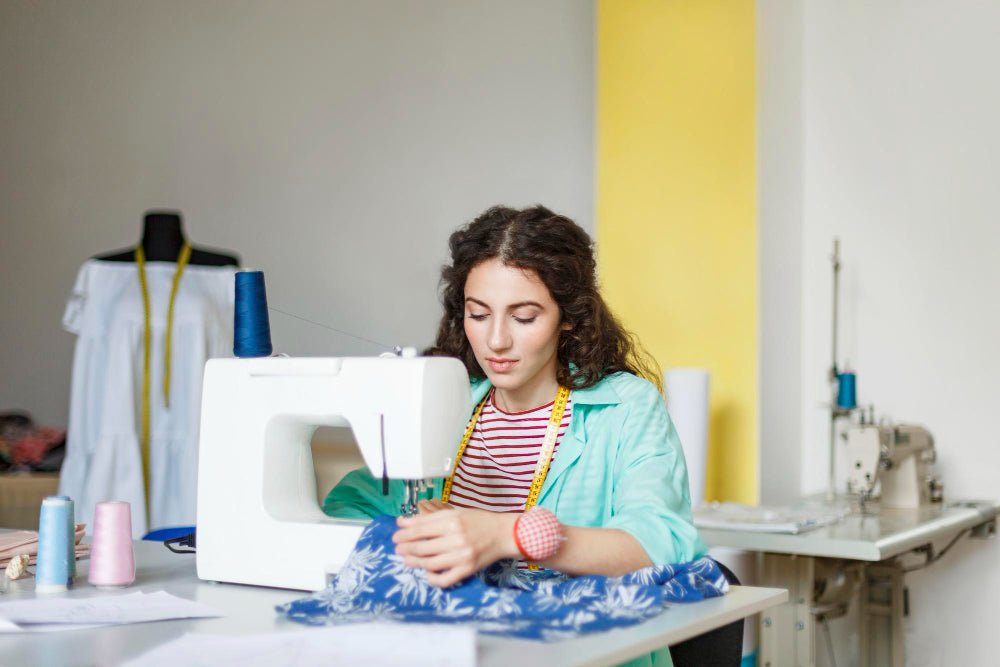

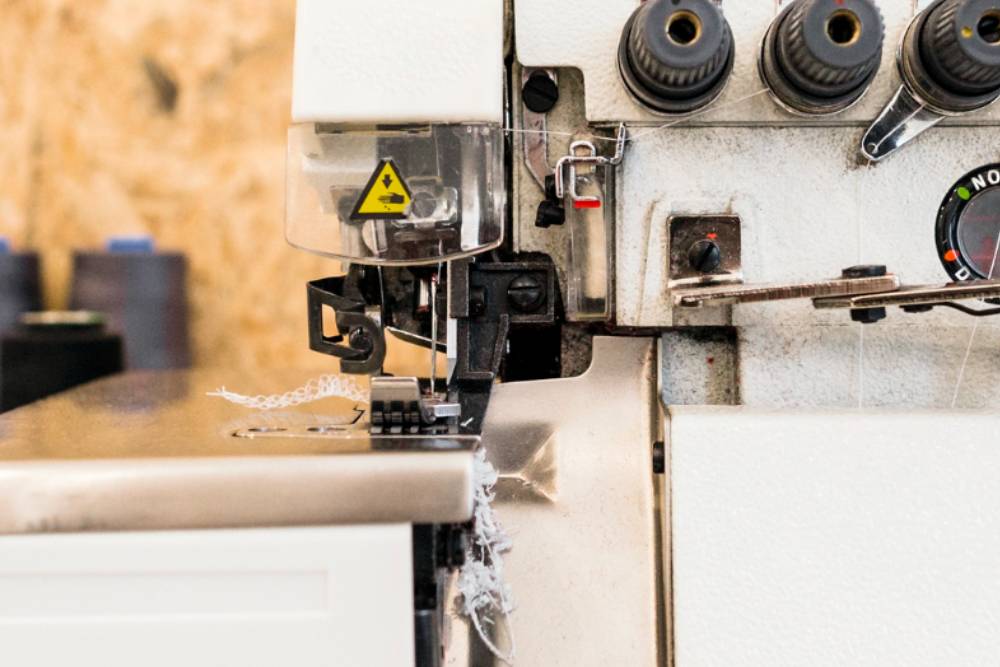
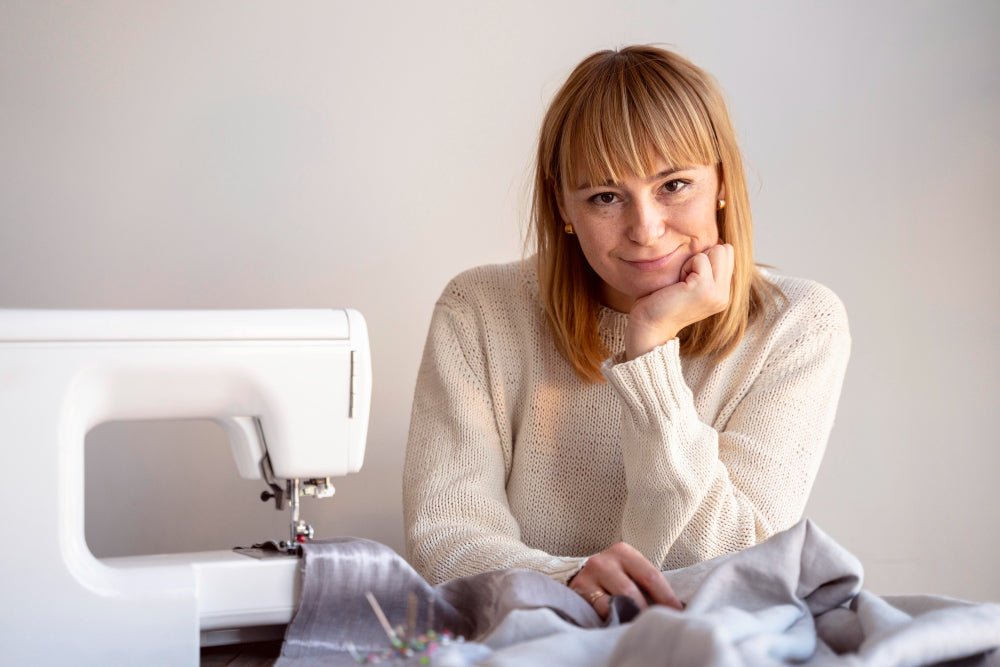
Leave a comment
All comments are moderated before being published.
This site is protected by hCaptcha and the hCaptcha Privacy Policy and Terms of Service apply.